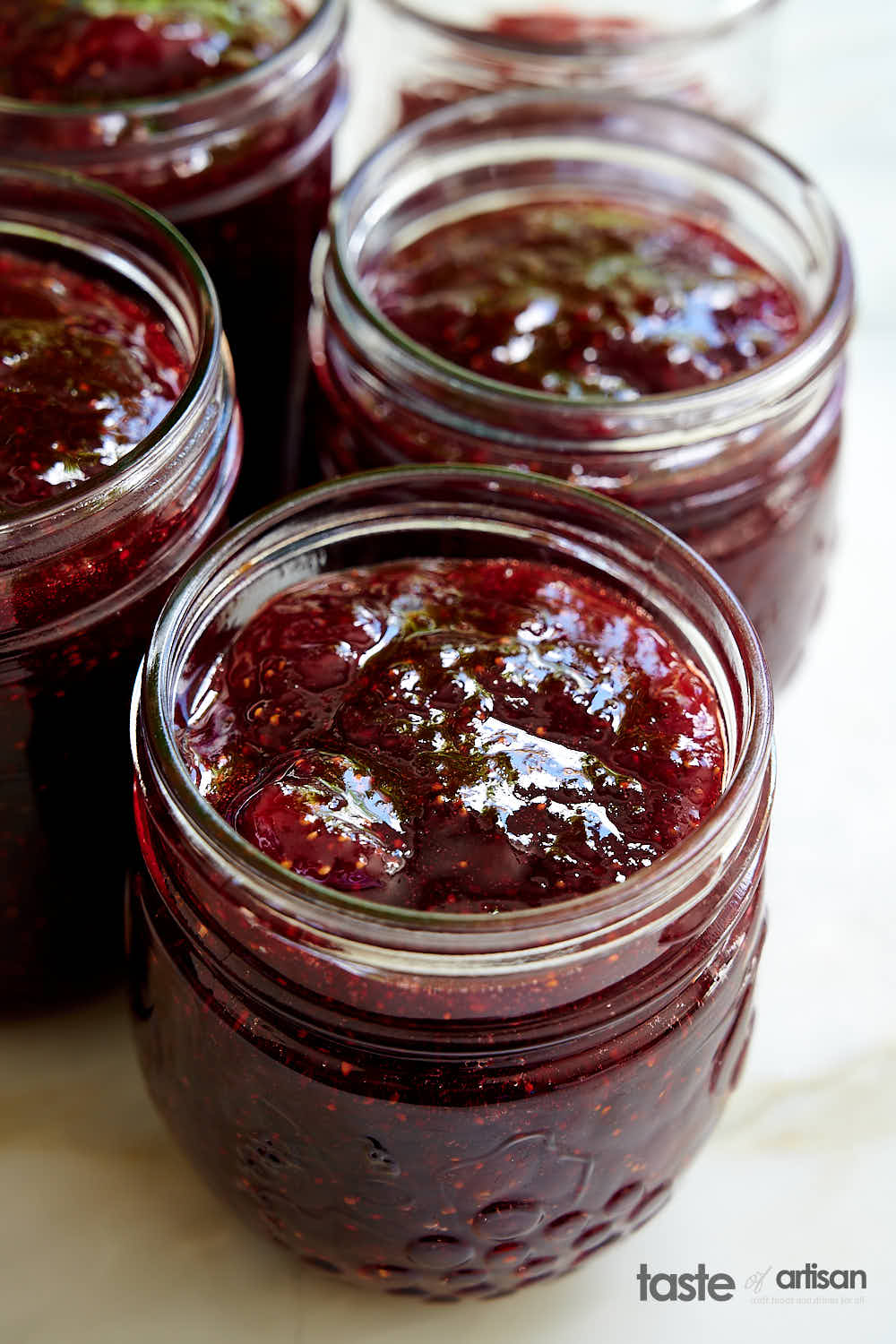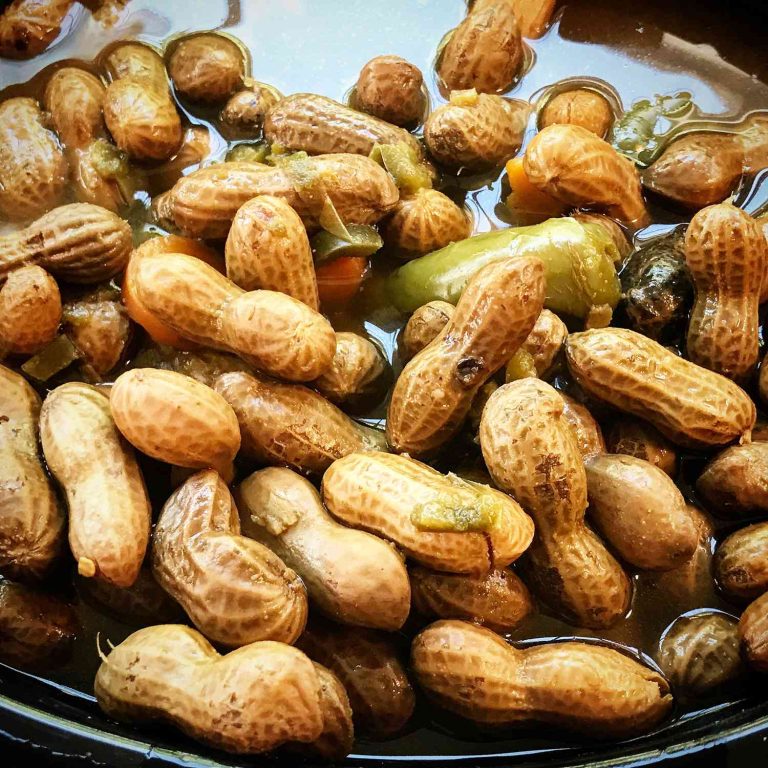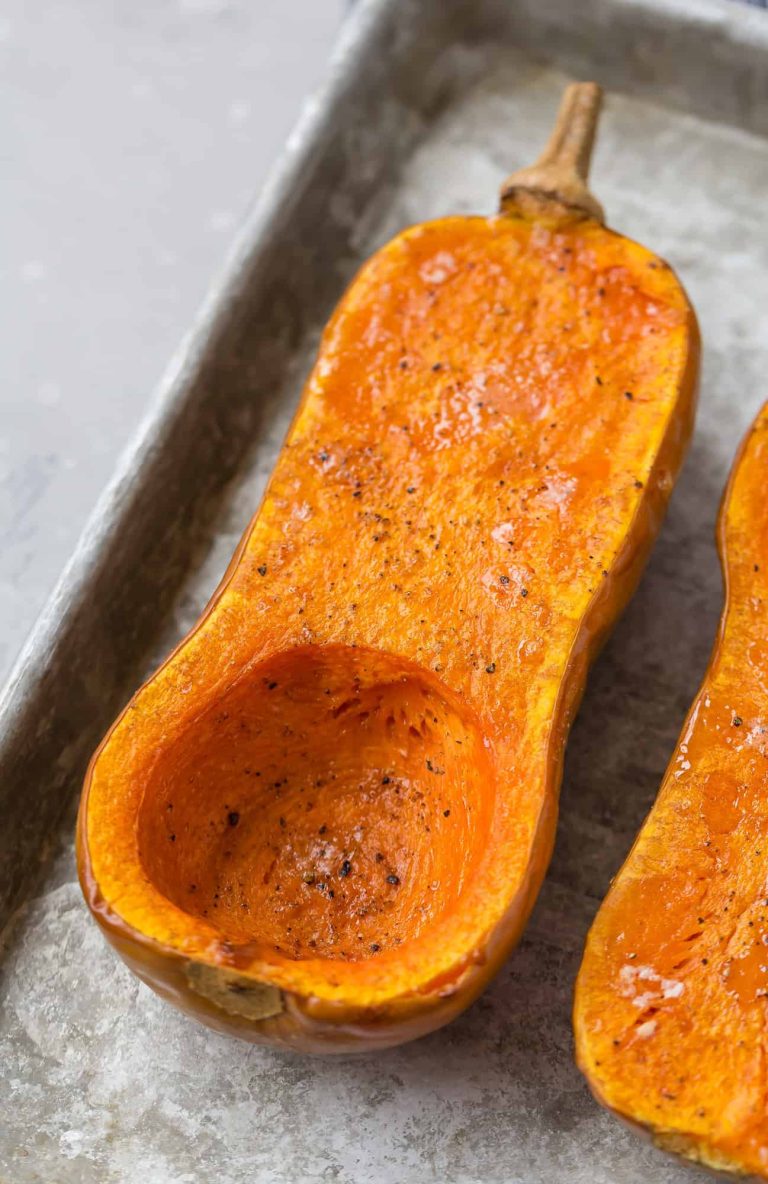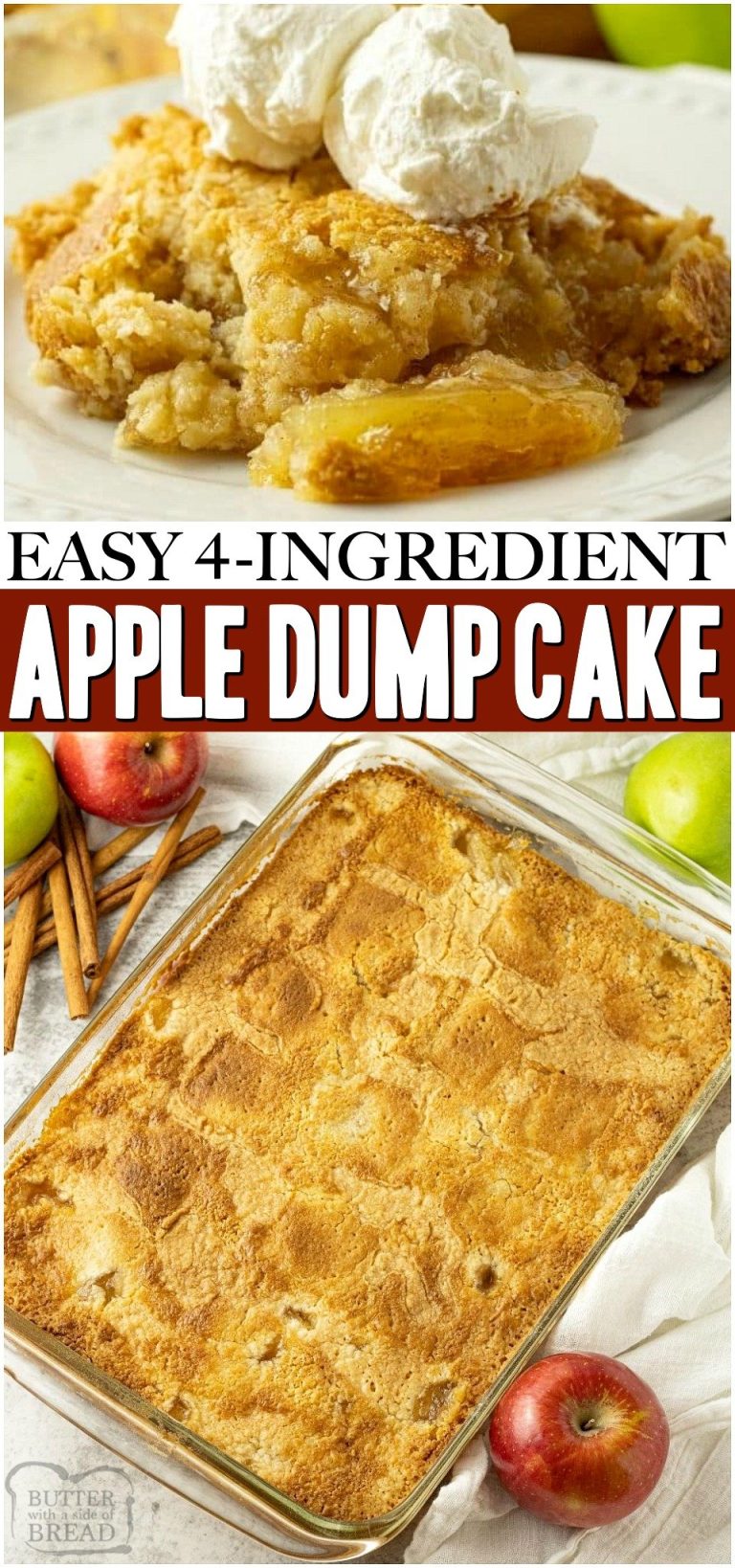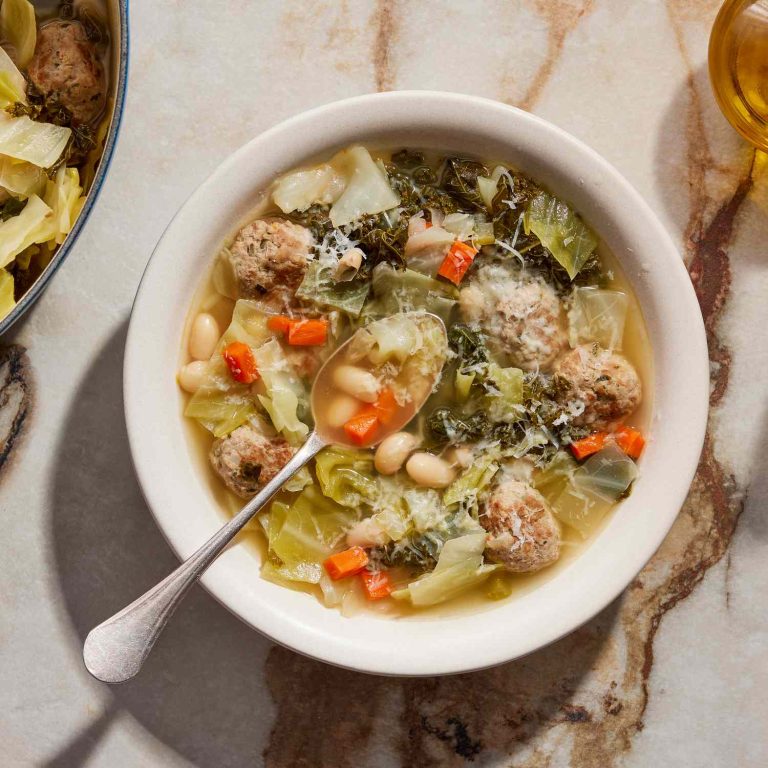Strawberry Preserves: History, Uses, and Homemade Recipes
Strawberry preserves have roots tracing back centuries. Originating in Europe, they became a favored way to extend the fruit’s shelf life before modern refrigeration existed. By the 16th century, cooks began combining strawberries with sugar to create the early forms of preserves. Sugar, an expensive commodity at the time, made these preserves a luxury item enjoyed mainly by the wealthy.
The evolution continued as strawberry preserves spread to North America. Here, they adapted to local conditions with native strawberries and evolving preservation techniques. In the 19th century, the advent of airtight jars revolutionized preserve making, leading to the accessible and widely enjoyed strawberry preserves we know today.
Cultural Significance Globally
Strawberry preserves have cultural significance around the world. In the United Kingdom, they are a traditional component of afternoon tea, often spread on scones. French pâtisseries use strawberry preserves in various pastries, showcasing their role in European cuisine.
In the United States, strawberry preserves pair with peanut butter for the iconic PB&J sandwich, a staple in American lunches. Japan incorporates strawberry preserves into desserts like mochi, blending Western and Eastern culinary traditions.
These diverse uses underscore the universal appeal and versatility of strawberry preserves. Different cultures have embraced them, integrating the sweet, tangy flavor into unique culinary traditions.
What Makes Strawberry Preserves Unique?
Ingredients of Quality Strawberry Preserves
Quality strawberry preserves primarily consist of strawberries, sugar, and pectin. Strawberries give preserves their rich flavor and vibrant color. The sugar acts as a preservative and enhances sweetness. Pectin, a natural thickening agent found in fruit cell walls, helps achieve the desirable gel-like consistency. Opt for preserves containing whole fruit pieces, minimal additives, and no artificial flavors for the best quality.
Taste and Texture Variations
Taste and texture vary based on ingredient proportions and preparation methods. Some preserves offer a balance of sweetness and tartness, while others lean towards a more pronounced sweet flavor. The texture ranges from smooth to chunky, with whole fruit pieces providing a more robust mouthfeel. Personal preference and regional recipes influence these variations, creating a diverse spectrum of strawberry preserves for different palates.
How to Choose the Best Strawberry Preserves
Reading Labels for Ingredients and Sugar Content
When selecting strawberry preserves, examining labels reveals crucial details. Look for preserves listing strawberries as the primary ingredient. High-quality products often feature strawberries, sugar, and pectin without additional fillers or artificial additives. The sugar content is equally vital. Some preserves contain added sugars beyond necessary levels, affecting both flavor and nutritional value. Choose options with lower added sugar to maintain the natural taste and enjoy a healthier choice. The fewer processed ingredients, the closer the preserves will be to the authentic strawberry flavor.
Importance of Origin and Manufacturer
The origin of strawberries used in preserves influences their quality. Preserves made from locally-sourced, ripe strawberries offer superior taste and texture. Manufacturers with a reputation for high-quality products often ensure better sourcing and production methods. Research brands known for their dedication to quality and transparency. Established names in the industry usually maintain consistent production standards, ensuring each jar meets your expectations. Opting for recognized producers adds assurance that you’re choosing premium strawberry preserves.
Popular Uses of Strawberry Preserves
Culinary Applications
Strawberry preserves enhance various dishes. Spread them on toast, bagels, or scones for a fruity start to your day. Use them as a filling for pastries, cakes, or donuts to add a burst of flavor. Incorporate them into yogurt, oatmeal, or smoothies for a natural sweetener. Create a strawberry vinaigrette by mixing preserves with vinegar and oil. Top ice cream, pancakes, or waffles with a spoonful for added richness. Add them to sauces for meats like pork or chicken to balance savory with sweet.
Non-Culinary Uses
Strawberry preserves have uses beyond the kitchen. Make a simple homemade face mask by mixing them with honey for hydration and exfoliation. Craft a natural lip scrub using preserves and sugar for soft, smooth lips. Incorporate them into potpourri for a fresh, fruity scent in your home. Use them in DIY gifts like layered jars with baking ingredients or personalized gift baskets to add a unique touch.
Making Your Own Strawberry Preserves
Necessary Ingredients and Equipment
To make strawberry preserves, gather the following ingredients:
- Fresh strawberries (2 pounds)
- Granulated sugar (4 cups)
- Lemon juice (1/4 cup)
- Pectin (1 packet)
You’ll also need this equipment for effective preparation:
- Large saucepan
- Wooden spoon
- Sterilized jars with lids
- Canning funnel
- Ladle
- Timer
Step-by-Step Guide
Follow these steps for the best strawberry preserves:
- Prepare the Strawberries: Wash and hull the strawberries. Cut them into halves or quarters for even cooking.
- Combine Ingredients: In a large saucepan, mix the strawberries, sugar, and lemon juice. Let them sit for 30 minutes to release juices.
- Cook the Mixture: Heat the saucepan over medium heat. Stir continuously to dissolve the sugar. Once boiling, reduce the heat to a simmer.
- Add Pectin: Stir in the pectin. Continue to cook for another 5-10 minutes, stirring frequently until the mixture thickens.
- Test for Doneness: Place a small amount of the preserve on a chilled plate. If it wrinkles when pushed, it’s ready.
- Jar the Preserves: Use a ladle and canning funnel to fill sterilized jars, leaving 1/4 inch headspace. Seal tightly with lids.
- Process the Jars: Boil the sealed jars in a water bath for 10 minutes to ensure preservation. Remove and let them cool at room temperature.
- Check the Seal: Once cooled, ensure each jar is sealed by pressing the center of the lid. It shouldn’t move or click.
These steps ensure your strawberry preserves are flavorful and safely stored for future enjoyment.
Conclusion
Strawberry preserves offer a delightful blend of history, flavor, and versatility. Whether you’re selecting a store-bought jar or making your own, focusing on quality ingredients ensures a superior taste experience. With the right knowledge and a bit of effort, you can enjoy this sweet treat in various culinary and non-culinary applications. Embrace the tradition and savor the rich, fruity essence of strawberry preserves in your daily life.
